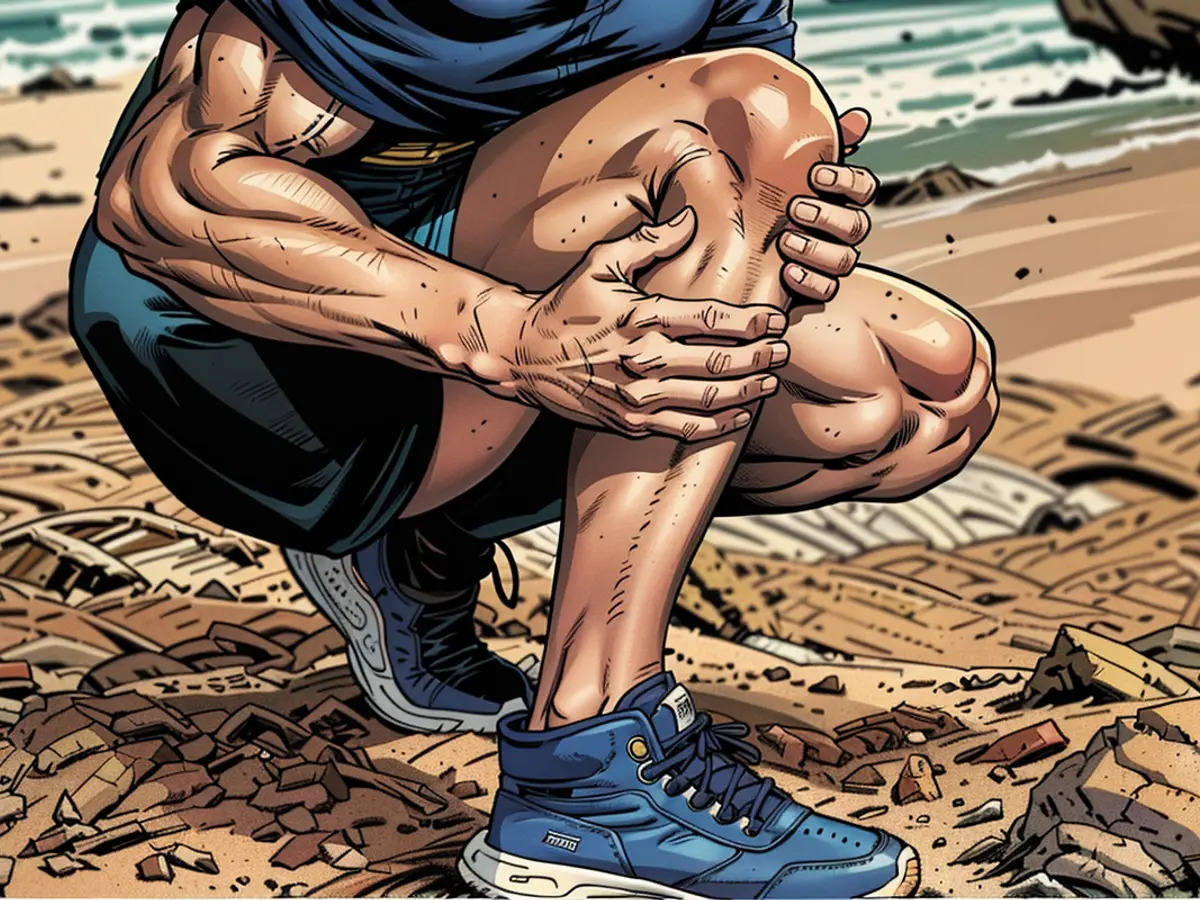Strong leg muscles could help combat arthritis in the knee, study says
Most people undergo a knee replacement due to osteoarthritis in the joint, which can cause pain, swelling and less knee mobility. In fact, knee osteoarthritis is considered to have a high rate of morbidity and disability, according to a study published in August 2023 in the journal Experimental and Therapeutic Medicine.
Those most at risk of developing this painful condition include older adults, women, those who are overweight, and people who have participated in certain sports, such as soccer, tennis and long-distance running. Your genes and previous knee injuries can also play a role.
But new research has found you may be able to slow the progression of knee osteoarthritis or possibly eliminate its development by strengthening your leg muscles, according to a study published in April in the journal JAMA Network Open.
‘Muscle mass matters’
After performing a meta-analysis on data obtained from 5,003 patients in the Netherlands, researchers found no link between a person’s total physical activity and an increased risk for knee osteoarthritis. Researchers then divided the patients into two groups — those whose physical activity came through non-weight-bearing activities such as swimming and cycling, and those whose physical activity came via weight-bearing sports such as walking and running.
Here, the team discovered people engaged in weight-bearing recreational physical activity were at an increased risk for developing knee osteoarthritis if they had low levels of lower-limb muscle mass.
“After seeing that only weight-bearing sports gave people an increased risk of knee osteoarthritis, we looked into whether its development was dependent on how much muscle you have surrounding the joint,” said study coauthor Dr. Joyce van Meurs, a professor in population genomics in musculoskeletal diseases at Erasmus Medical Center in Rotterdam, Netherlands.
Since larger muscle mass can protect and cushion the knee from mechanical forces inside the knee joint, the researchers expected those with stronger muscles would fare better than those with weaker ones.
“And that’s exactly what we saw,” van Meurs said. “When people had a higher muscle mass, then the increased risk of developing osteoarthritis from weight-bearing sports was not there.”

This finding is an exciting discovery, said Dr. Kathryn Miller, an associate professor of internal medicine at the University of Wisconsin School of Medicine and Public Health in Madison.
“We’ve always had this idea that muscle mass matters and helps protect joints,” said Miller, who was not involved with the study. “Now here is one study that starts to build on the idea that muscle mass is important to function and also to possibly decrease the risk of developing osteoarthritis.”
What this study means for exercise and sports
While the study’s findings are important, there is still more to learn, van Meurs said. For example, scientists know weight is the biggest risk factor for developing knee osteoarthritis. The data that van Meurs and her colleagues studied came from people with an average body mass index of 26. (Body mass index is a measure of body fat based on your height and weight.)
A BMI of 26 is slightly above a healthy level, but lower than the average BMI for people in the United States. Can the study’s findings be extrapolated to those who are considered overweight or have obesity?
“We are not completely sure,” van Meurs said. “(A high) BMI is a major risk factor in developing knee osteoarthritis. If it’s so dominant, maybe the rest of the association is not the same.”
Miller agreed. “The higher your BMI, the higher stress you’re putting on your joints, especially when engaged in weight-bearing activities,” Miller said. “Maybe people with higher BMIs will need even more lower-(limb) muscle mass than those with lower BMIs.”
Another large study going on through Erasmus Medical Center is trying to determine whether physicians can personalize their advice for patients based on a patient’s muscle mass, weight and joint movement.
“We’re studying how much people can load their joint, based on these factors,” van Meurs said, noting many patients with knee pain ask their physicians whether it’s safe to continue participating in their favorite activities. Currently, there is no definitive answer.
How to get moving safely
Despite these uncertainties, the study offers some valuable takeaways.
“Before engaging in a lot of weight-bearing activity, do some training in the gym to strengthen your leg muscles,” van Meurs said. And if you’re going to take up a weight-bearing activity such as running, start slowly.
“It’s not only your muscles but your tendons that have to get used to these new stresses, or you’ll get injured right away,” she said.

Miller said she counsels her patients to have a healthy body weight and keep exercising. “And if you learn you have osteoarthritis, don’t stop your activities,” she said. “People who are sedentary have lower joint health and muscle mass and are at big risk for developing symptomatic osteoarthritis.”
So take a walk, do some wall sits, or sit in a chair and stand up 10 times without using your arms to push yourself up, Miller said. Just keep moving.
“Our rule for osteoarthritis patients is that if you have mild discomfort with an activity, but it goes away quickly, that’s fine,” Miller said. “But if an activity gives you higher pain and it’s not better the next day, it may be too much for your joint right now.”
Participating in weight-bearing activities like walking and running can increase the risk of developing knee osteoarthritis, particularly for individuals with low levels of lower-limb muscle mass. Maintaining a healthy body weight and strengthening leg muscles through exercises can help protect the knee and potentially reduce the risk of knee osteoarthritis.








